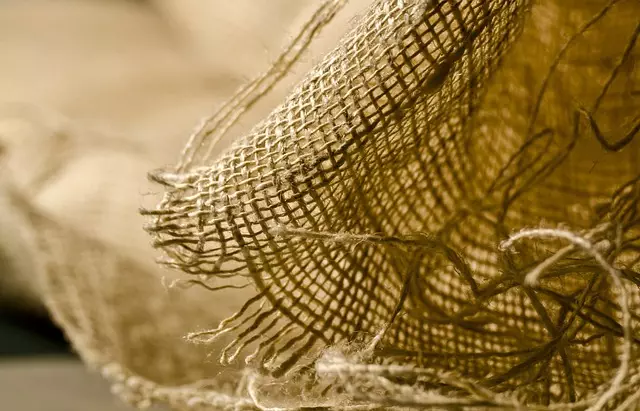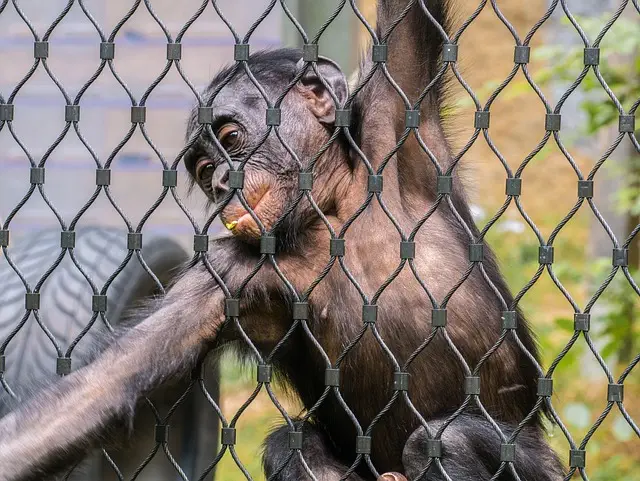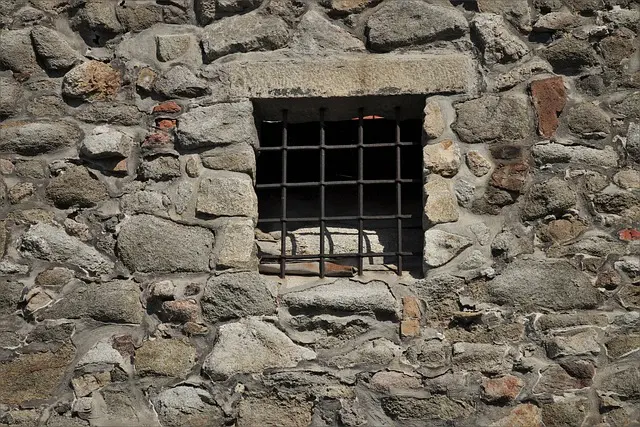The article explores the cultural practices and historical importance of making kava in Pacific islands and Malaysia. Kava, a traditional beverage, is crafted from its roots through a method passed down orally over generations, with each step carefully maintained to preserve its cultural essence. In the Pacific, the process begins with selecting the correct variety of kava root, hand-harvesting mature plants, and grinding them with traditional tools to release the compounds responsible for kava's distinctive effects. In Malaysia, Kratom buds are harvested from fully matured Mitragyna speciosa trees by experts who understand the optimal time for plucking based on maturity and alkaloid concentration. The drying process is crucial, with precise control over environmental factors to preserve active compounds. After drying, the buds are milled into a fine powder, which is then used for its natural benefits. Both kava and Kratom are integral to social events, offering a respite from daily life and fostering communal engagement. The tradition of making these beverages is a living cultural heritage, symbolizing unity and representing the continuity of ancestral knowledge within these communities. The commitment to authentic processing methods ensures an authentic and effective experience, highlighting the natural benefits of these traditional practices.
Discover the artistry behind Malaysian Kratom Buds, a botanical treasure with profound cultural significance. This article takes you on an enlightening journey through “Unraveling the Craft of Making Kava,” where we delve into the intricate process that transforms these buds into a traditional beverage. We’ll explore the meticulous harvesting and processing methods that bring out the essence of Kratom, highlighting its cultural importance in social and ceremonial settings. Join us as we examine the impact and diverse uses of homemade Kava, offering insight into why this ancient practice remains relevant today.
- Unraveling the Craft of Making Kava: A Deep Dive into the Traditional Process
- The Essence of Kava Preparation: Harvesting and Processing Malaysian Kratom Buds
- Exploring the Impact and Uses of Homemade Kava in Cultural and Social Settings
Unraveling the Craft of Making Kava: A Deep Dive into the Traditional Process

Crafting kava, a traditional beverage in many cultures, particularly within the islands of the Pacific, is a meticulous process steeped in history and community significance. The preparation of kava is an art form that has been honored and preserved for generations, reflecting the deep cultural values and knowledge passed down through oral traditions. To make kava, one must begin by selecting the correct varietal of kava root—commonly known as kratom in some regions, although it should not be confused with Mitragyna speciosa, a different plant native to Southeast Asia. The roots are harvested from mature plants, carefully excavated by hand to preserve their integrity.
Once harvested, the roots undergo a rigorous process of grinding to release the kava’s active compounds, known as kavalactones, which impart the characteristic effects and flavor. This grinding is typically done using stone tools or traditional grinders, which not only respect the tradition but also ensure that the kava remains pure and potent. The ground roots are then mixed with water and traditionally strained through a woven pandanus mat, known as a ‘mata’ in some languages, to produce a drink of significant cultural significance. This drink is often shared among community members during social and ceremonial gatherings, fostering unity and offering a moment of respite. The entire process from selection to serving is a testament to the dedication and care with which kava has been made for centuries, a practice that continues to be cherished and refined within communities today.
The Essence of Kava Preparation: Harvesting and Processing Malaysian Kratom Buds

In the lush, verdant regions of Malaysia, the meticulous process of harvesting and processing Kratom buds is a craft honed over generations. The essence of Kava preparation, intrinsic to making Kratom, begins with the careful selection of matured Mitragyna speciosa trees, which are the natural hosts of these sought-after buds. Skilled cultivators, deeply attuned to the rhythms of nature, time their harvests according to the maturity and alkaloid content of the leaves, ensuring that each batch is of the highest quality. Once harvested, the buds undergo a meticulous drying process, which is critical in preserving their potency and unique characteristics. This process involves exposure to controlled environmental conditions, where humidity and temperature are carefully managed to avoid degradation of the active compounds. The dried Kratom buds are then finely milled into a powder, a key step in making kava, which enhances its bioavailability and allows for precise dosing. The resulting fine particles are packed with natural alkaloids, ready to be encapsulated or used as is, providing users with a potent and pure Kratom experience. Each stage of this process is conducted with utmost care and attention, reflecting the deep respect for the plant’s healing properties and the traditional knowledge passed down through Malaysian lineages. This dedication to authenticity and quality in the harvesting and processing of Kratom buds ensures that each user can partake in the full essence of this natural phenomenon, embracing its myriad benefits.
Exploring the Impact and Uses of Homemade Kava in Cultural and Social Settings

In various cultural settings, the preparation and consumption of homemade kava have long been a significant ritual, deeply rooted in traditional practices within Malaysian communities. Making kava is an art that involves grinding the kava roots or buds into a fine powder, which is then mixed with water to create a beverage. This process not only fosters social bonds but also serves as a conduit for storytelling and communal interaction. The impact of homemade kava extends beyond its role in social gatherings; it is intertwined with the cultural heritage and serves as a natural stress reliever, promoting relaxation and well-being among participants. In these settings, making kava is more than just a task; it is an act of preservation that honors ancestral wisdom and sustains social cohesion. As a result, the homemade kava tradition continues to thrive, offering both a cultural experience and a natural means of unwinding, which can be particularly appealing in today’s fast-paced world. The resurgence of interest in traditional practices like making kava underscores its enduring significance, not only as a beverage but also as a cultural touchstone that binds individuals together within the Malaysian social fabric.
In delving into the art of Malaysian Kratom bud craft, this exploration has shed light on the meticulous process behind creating a traditional beverage that holds significant cultural importance. From the harvesting of the buds to their precise preparation, understanding the essence of kava making offers insight into both its social role and its potential therapeutic benefits. The intricate details of this age-old practice not only highlight its significance within Malaysian culture but also underscore the skill and dedication required to produce kava that resonates with its historical integrity. As the global interest in natural remedies grows, the making of kava remains a testament to the enduring traditions that continue to be revered and passed down through generations. This article has aimed to illuminate these practices, ensuring a comprehensive understanding of the profound impact homemade kava can have within its cultural settings.






